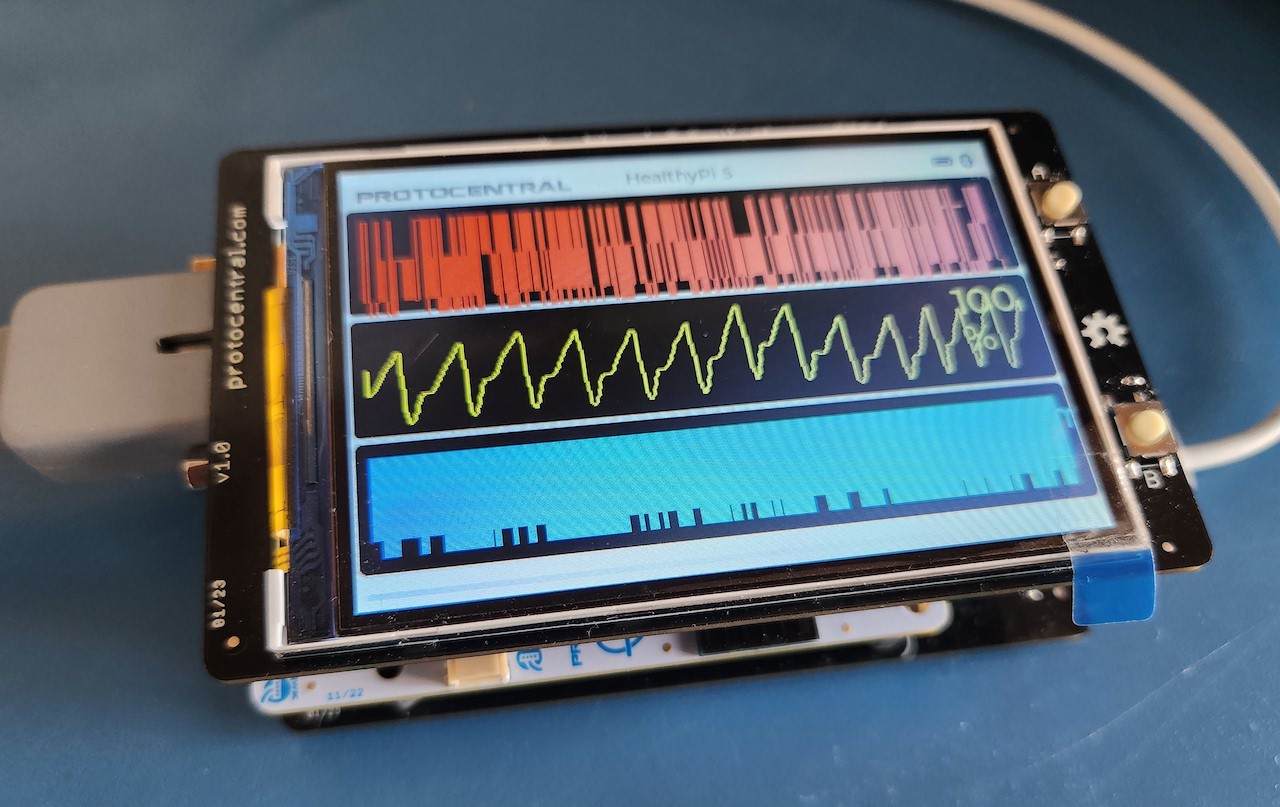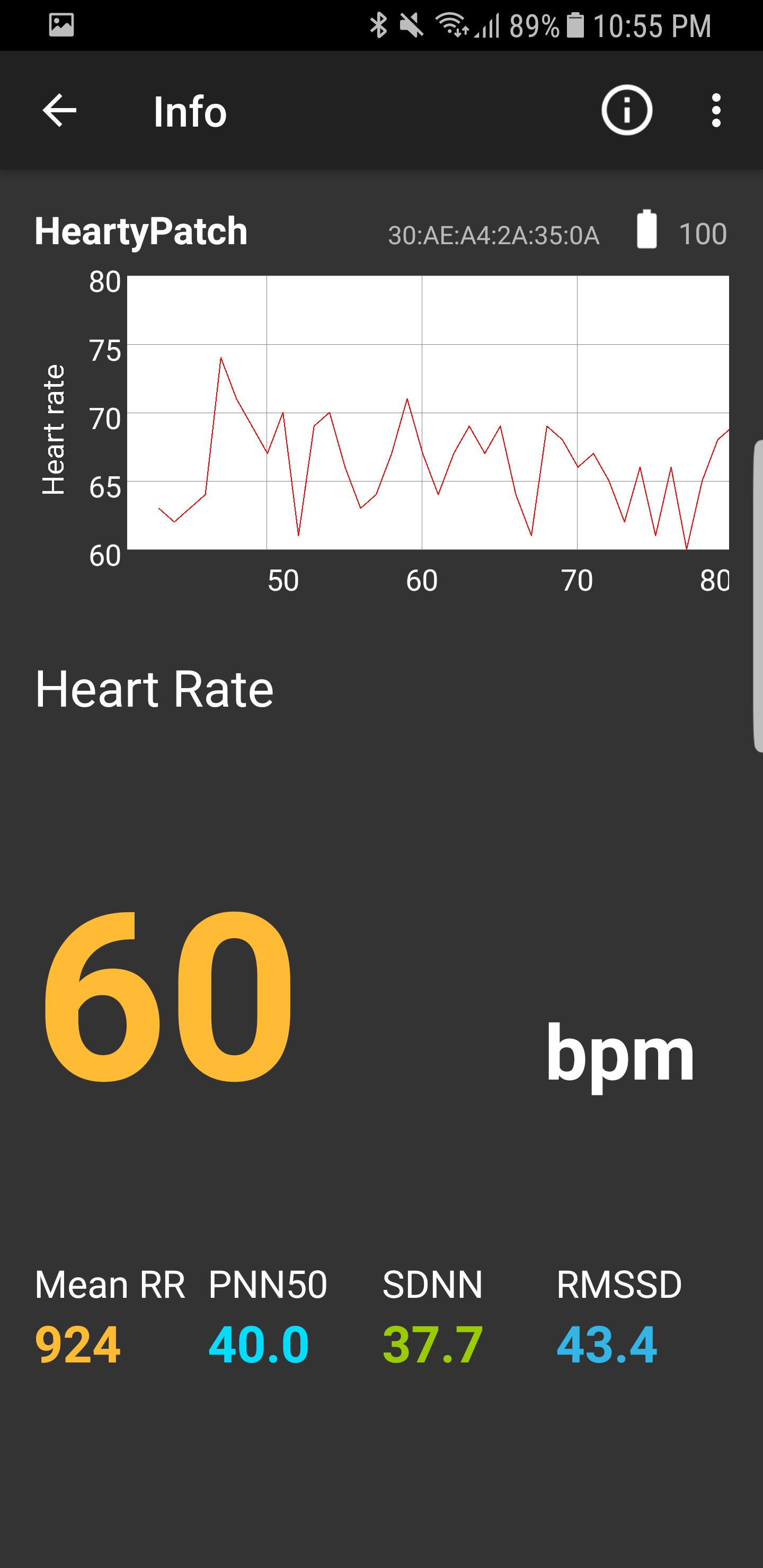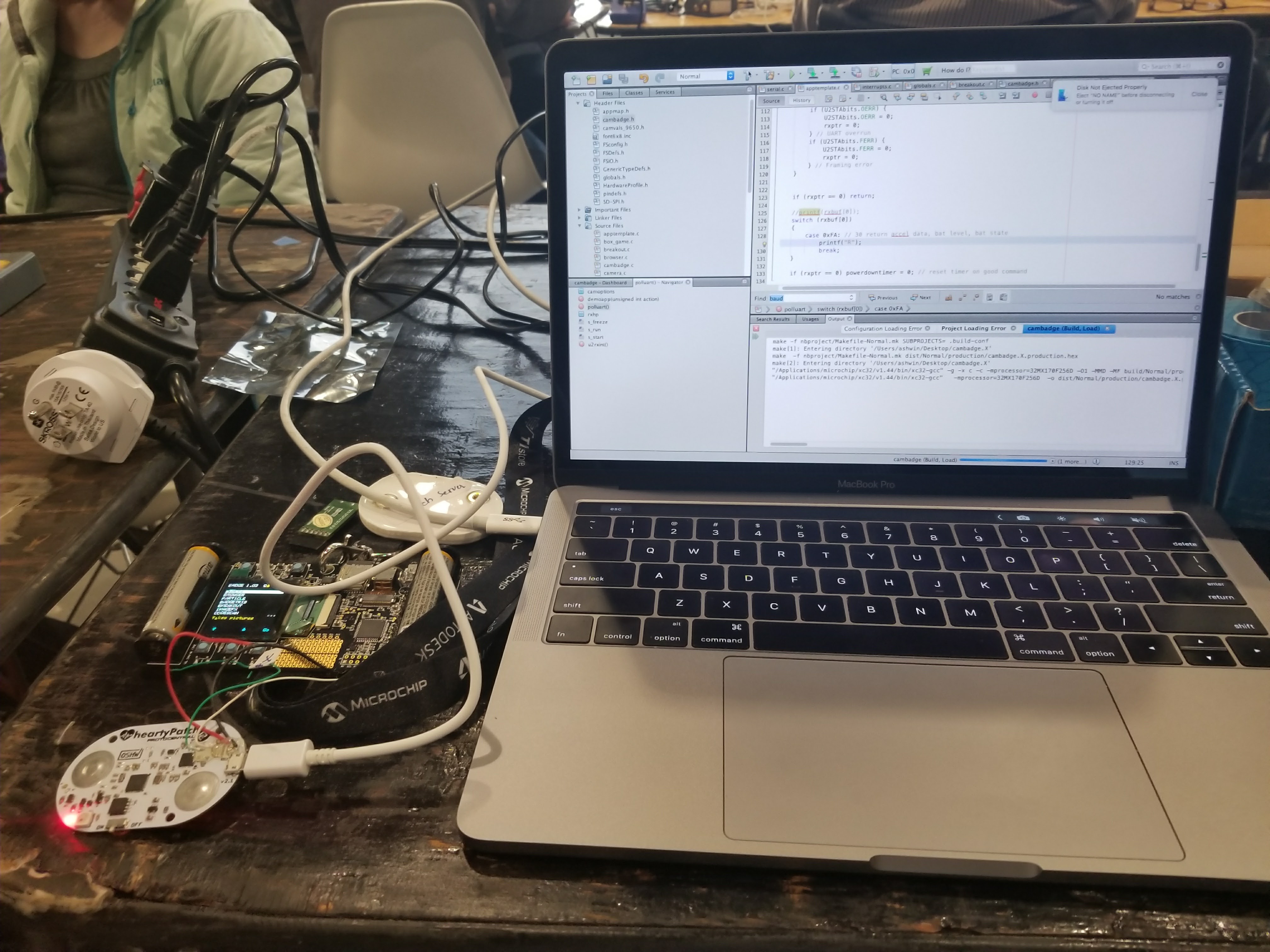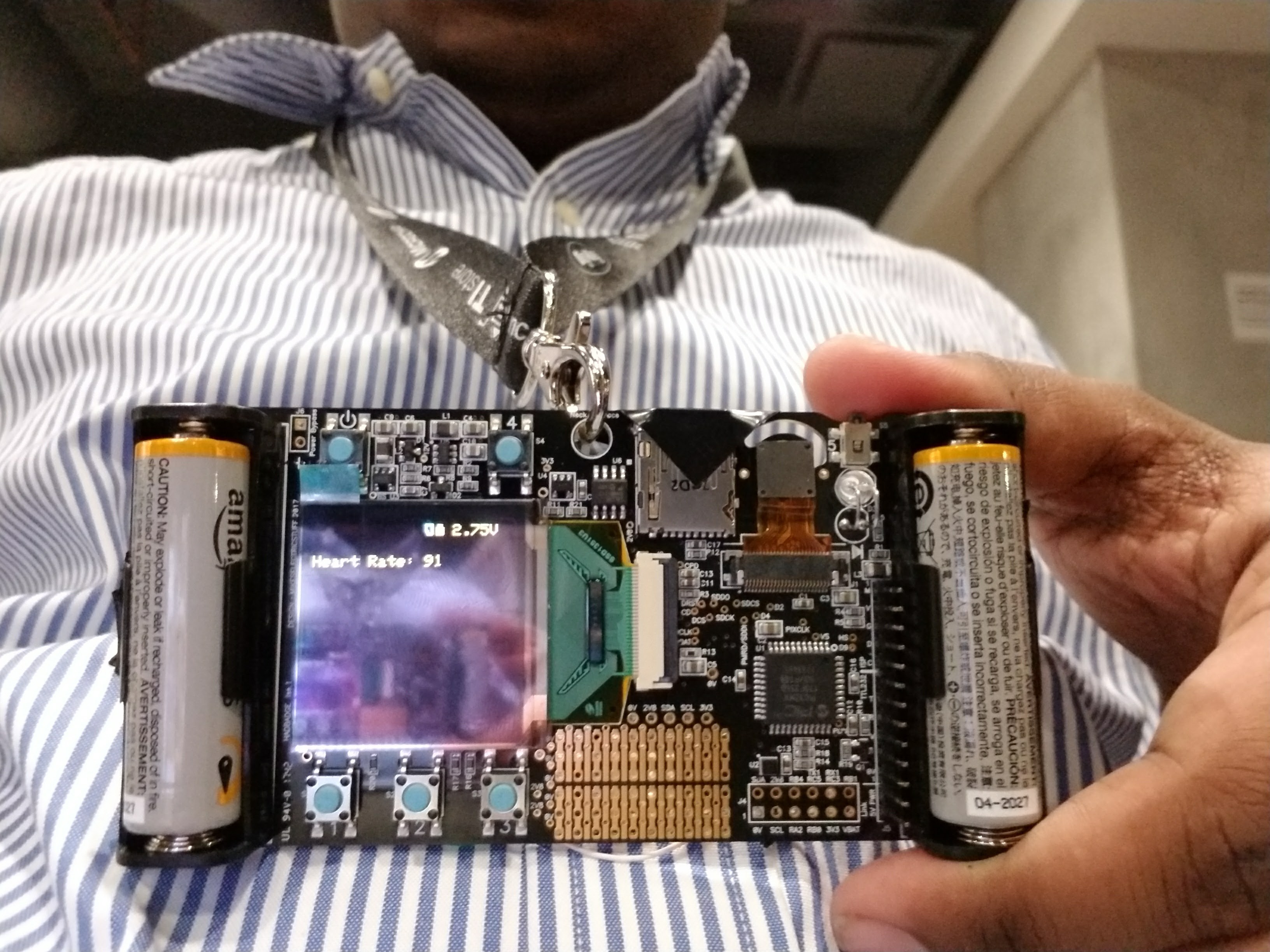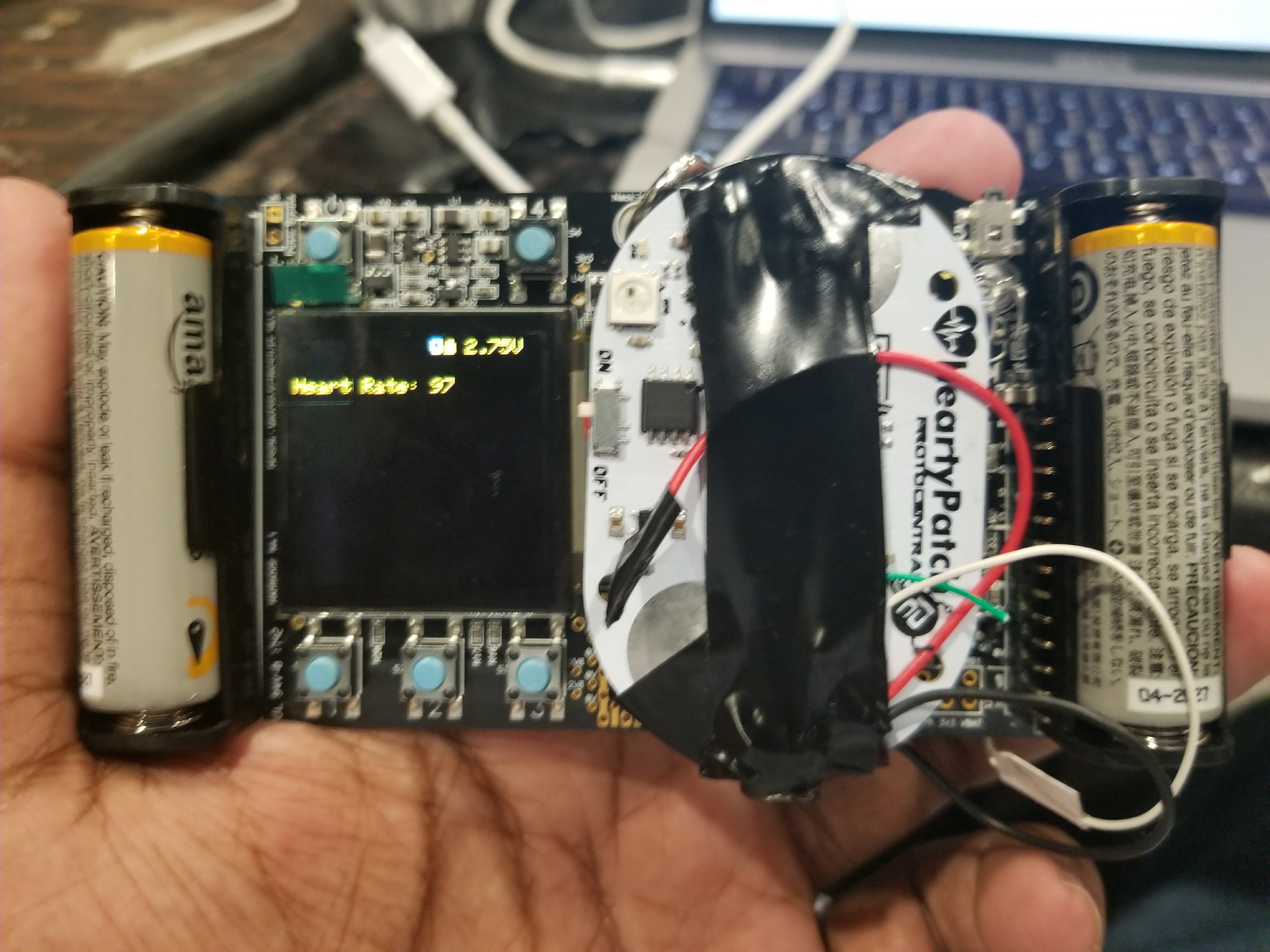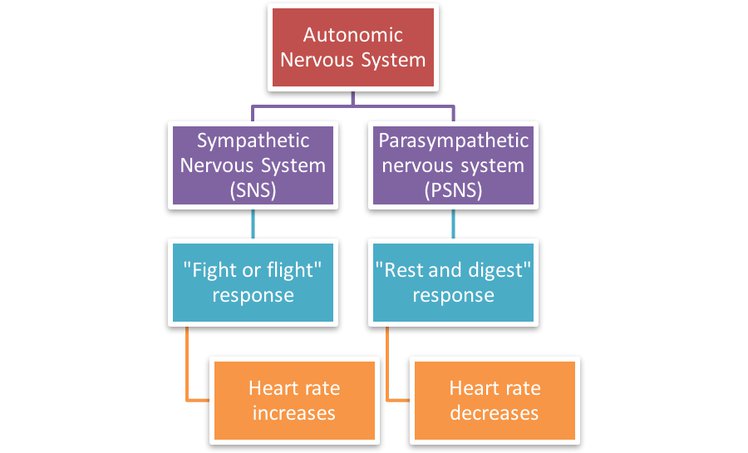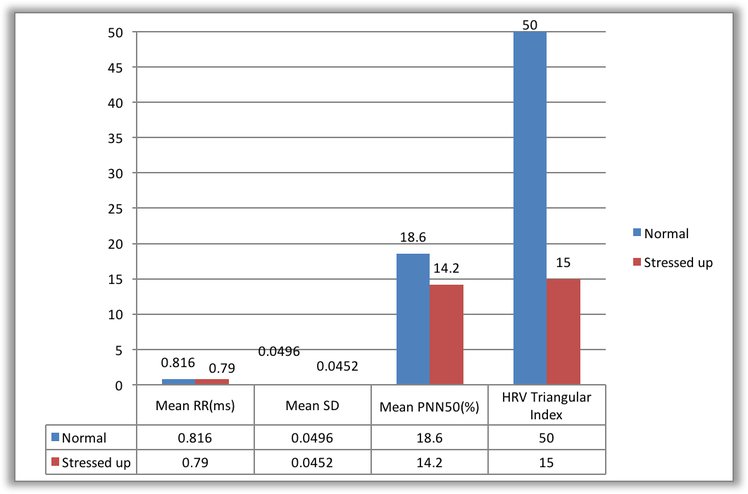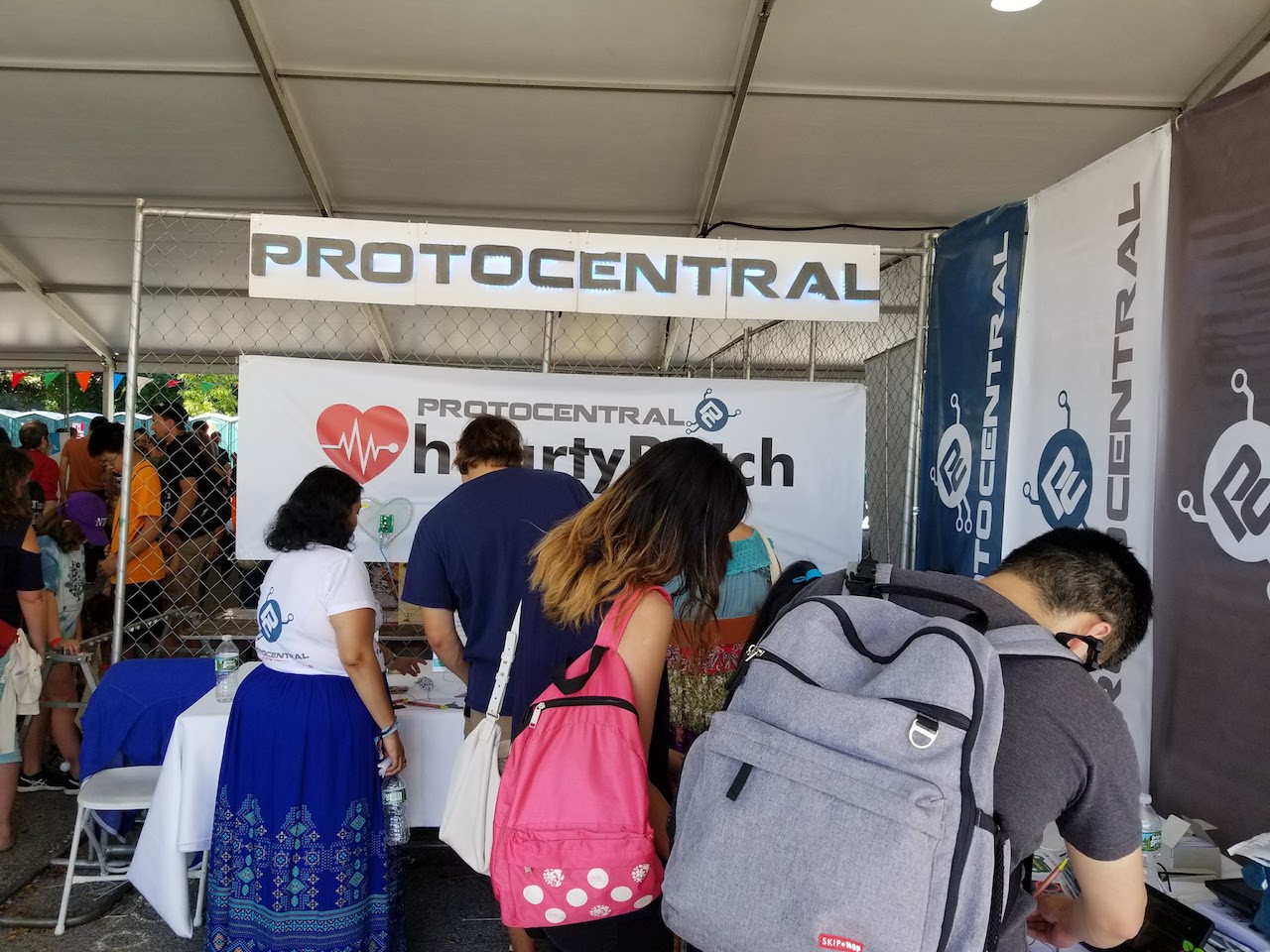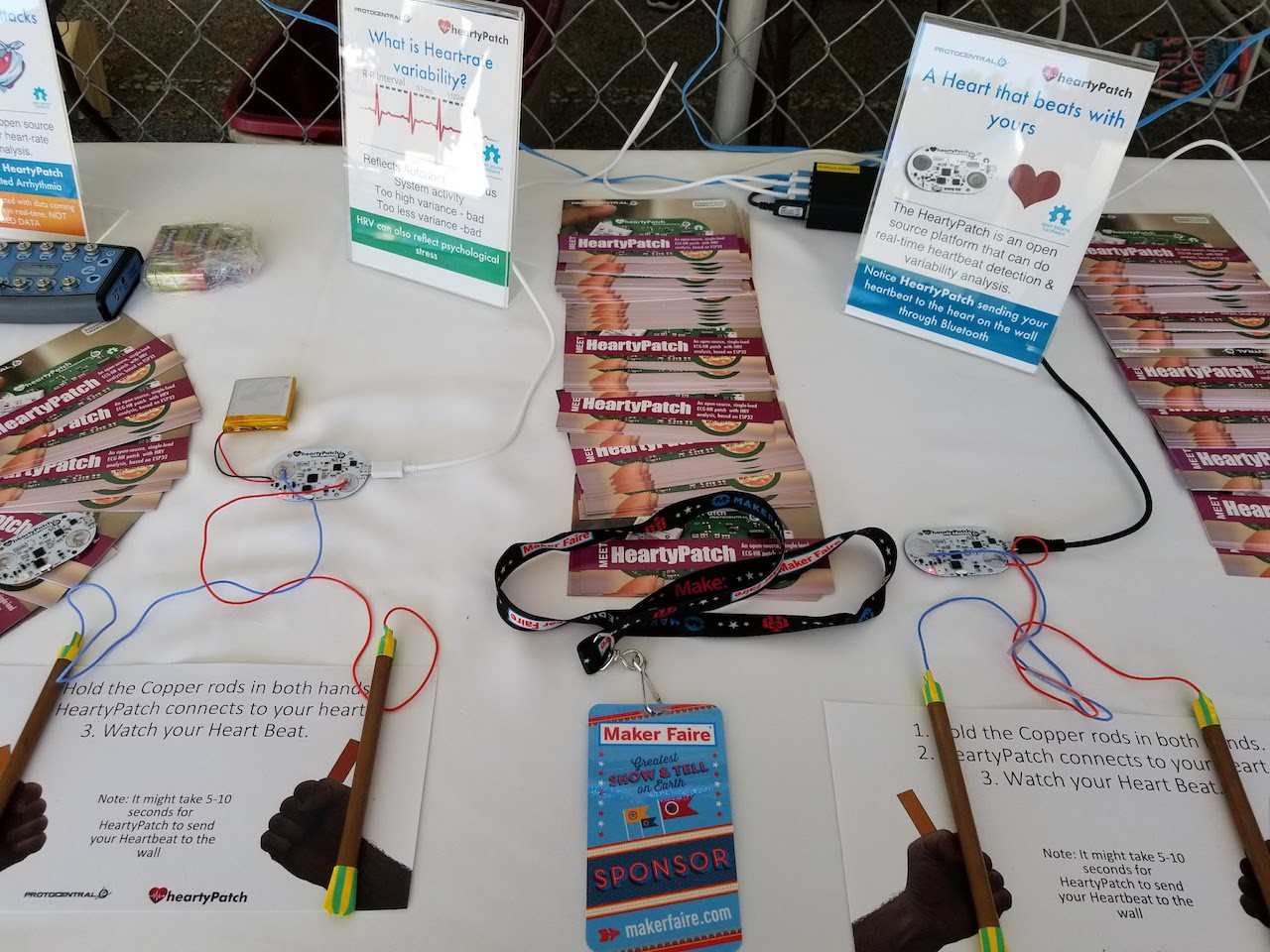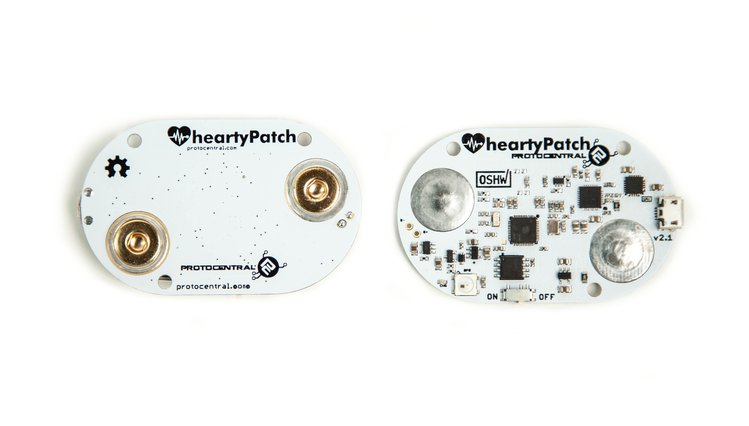-
HealthyPi 5 is coming !
02/12/2023 at 03:51 • 0 commentsThis log is about the launch of a HealthyPi device, from the same time that made HeartyPatch.
We released HealthyPi 4 on Crowd Supply in 2019-2020 and we have a great campaign. However, during the pandemic induced chaos that was going on, we faced major supply chain issues for critical components of our design. We started working on an alternate design with mostly discrete components for things such as power management ICs and specific TI chips that were in short supply.
We then decided to the change the entire design while we're at it and thus was born HealthyPi 5. Here is where it will be launched on Crowd Supply (sign up for updates if you wish to know when the campaign in live). The new specs of the HealthyPi:
- RP2040 main microcontroller
- ESP32C3 RISC-V module with BLE and Wi-Fi support
- MAX30001 analog front end for ECG and respiration measurement
- AFE4400 analog front end for PPG
- MAX30205 temperature sensor via onboard Qwiic/I²C connectors
- 40-pin Raspberry Pi HAT connector (also used to connect our Display Add-On Module)
- 1x USB Type-C connector for communication with a computer and programming the RP2040
- 1x USB Type-C connector for programming and debugging the ESP32 module
- Onboard MicroSD card slot
- On-board Li-Ion battery management with charging through USB
We also now have a TFT display for the first time to preview signals and to use the device as a standalone data acquisition system, no need for a Raspberry Pi. We still kept the name HealthyPi since it is still compatible as a Raspberry Pi HAT and plus now also it also runs on a Raspberry Pi chip !
Here is a photo of our current prototype of our display addon board and our "pro" carrier board.

Follow more development on Crowd Supply, we will keep posting updates here as well.
-
Check out or HeartyBadge
09/01/2018 at 19:29 • 0 commentsIt's been a while since we've posted an update!
Check out our HeartyBadge badge project, an unofficial badge at DEFCON 26 in Vegas this year (2018)
-
An app for HeartyPatch
01/09/2018 at 18:33 • 1 commentWe just released the initial public Beta of our Android app to go along with the BLE capabilities of the HeartyPatch.
The app displays the heart-rate as well as HRV data, can plot a trend of the R-R intervals and also log data to a file for analysis.

Check it out on the Google Play Store.

Most of the BLE framework and code is based on Adafruit's awesome Bluefruit app ! We will continue to add features to this app until we achieve all our project goals, including arrhythmia detection as well as stress calculation.
Comments and suggestion welcome.
-
HeartyPatch has started shipping out !
01/06/2018 at 05:19 • 0 commentsWe've been busy working on the HeartyPatch for the last few months and we have started shipping out the devices to our crowdfunding backers on Crowd Supply. Check it out at https://www.crowdsupply.com/protocentral/heartypatch/updates/shipping-the-second-batch
We also now have an Android app !
Available at: https://play.google.com/store/apps/details?id=com.protocentral.heartypatch
More to come for HeartyPatch soon.
-
Check it out at the Supercon
11/11/2017 at 14:38 • 2 commentsI'm over at the Hackaday Superconference 2017 in Pasadena. If you'd like to see the HeartyPatch in action, i'll be somewhere walking around or listening to talks or giving a talk. It's also connected to the Supercon badge for badge hacking !
The badge displays my heartrate in real-time, beat-to-beat. If you'd like to see in real-time the effect of coffee on my heart, stop by :)



-
HeartyPatch measures stress
10/27/2017 at 17:22 • 0 commentsStress and its Relation to Heart-rate Variability (HRV)
Stress is a physiological condition that can be caused by various external stimuli or by our own minds and is mostly considered to be bad (there are also forms of “good” stress). Stress could range from physical stress to mental stress because of excessive cognitive activity (a bad day at the office!). It has been found that stress is a major factor in the cause of several diseases including cardiac disease, and there are a lot of statistics on these issues.
The autonomic nervous system
The human body’s Autonomic Nervous System (or ANS), the part of the nervous system that controls the functions of the different organs, is divided into two: the sympathetic (SNS) and the parasympathetic nervous systems (PSNS).
The SNS and PSNS regulate the autonomic functions of the body such as breathing, swallowing, cardiac function and several others. These two systems are complementary in nature - while the SNS functions as a “fight-or-flight” response, the PSNS takes care of the “rest-and-digest response”.
Normally, there is a careful balance of the PSNS and SNS activity to ensure proper functioning of the bodily functions. However, during conditions of stress, there is more SNS activity in the mix, which leads to more of the “fight-of-flight” response, thus subjecting one to be “on edge” at all times. This imbalance is what causes us to sweat, the heart to beat faster and muscles to tense up. Because the body is more involved in these functions, it tends to lower activity in other functions which leads to bad things.
So how’s HRV related to stress?
The current way to measure stress levels and treat stress is usually by psychological questions and discussion during psycho-therapy or counselling sessions. Short of analysing physiological signals such as EEG and biochemical tests (that typically require blood samples), there is no other way to quantify stress. Recently, HRV has been proven to be a very useful and reliable tool for stress assessment.
The “heart-rate” is sometimes recorded as single number such as 70 beats-per-minute (bpm), but it’s more accurate to treat heart-rate as a range (such as 60-70 bpm), as the rate will change over any given time-period. Conventional heart-rate monitors average this range over a period of time (usually 5 minutes) to arrive at a single number. In reality though, it always varies, there is always a constant acceleration and deceleration of heart-rate. If there is absolutely no variation at all then it is probably not a real ECG signal!
Due to this, under normal conditions, there should be lower variability (because of the PSNS and the SNS balancing out each other). If the variability is too high, it could be due to cardiac disease (which is called Arrhythmia), but even if it is too low, it is a clear indicator of stress.So again, the more stressed you are, the lower the variability. Imbalance adds an unnecessary burden to the cardiac system, leading to cardiac disease.
How does HeartyPatch measure stress?
Conventional methods of heart rate computation from ECG are unable to pick up short-term changes in the heart rate due to their nature of averaging over a set period of time. The reason for this is also partly related to the accuracy of the R-R (peak-to-peak) detection algorithm. HeartyPatch, on the other hand measures “real-time” changes in heart-rate, which is to say that we measure beat-to-beat changes.
There are several different ways detailed in numerous publications to assess stress from HRV. Some of them involve just using the R-R interval time to calculate some basic statistics, while some of them involve frequency-domain parameters to compare frequencies to assess the variability. Since we wanted to simplify this process, we decided to stick to only the time-domain methods.
In the below plot, we use a few time-domain analysis methods to arrive at some parameters that can act as metrics to measure a person’s stress level. The results were surprisingly good. It is quite evident that variability decreases with stress.
Stress is always relative, as is a person’s heart-rate variability. Hence there is no “absolute value” or magic ratio here. A relaxed or calm state of mind is required to set a baseline against which future comparisons can be made.
Expect an app from us in the near future for HeartyPatch to assess stress on-the-go. This will aid people to develop personal relaxation or bio-feedback techniques to control and manage stress.
-
Heart-rate vs. Heart-rate Variability (HRV)
10/18/2017 at 02:49 • 0 commentsWe have posted a detailed write-up of how heartrate variability (HRV) is different from heartrate and the significance of HRV over HR. Check it out on our campaign page on Crowd Supply:
-
HeartyPatch works with ElitveHRV on Android
10/15/2017 at 14:27 • 0 commentsWe tried out the HeartyPatch with several HRV apps via Bluetooth. We found Elite HRV to be quite accurate and easy to use. With the standard Bluetooth BLE profile for heartrate and R-R intervals, this should be compatible with any HRV or Heartrate app.
-
HeartyPatch was at Maker Faire
10/01/2017 at 17:06 • 0 commentsThis year, for the first time, we (Protocentral) has a booth at Maker Faire New York 2017. Given the great feedback and support from the Hackaday community, we made the HeartyPatch and the HealthyPi(https://hackaday.io/project/25380-connected-health-open-source-iot-patient-monitor) the main products there.
We had an amazing time and a lot of feedback from the audience. "The heart that beats with your heart" attracted a number of people.

-
Our Crowd Supply campaign is up !!
09/30/2017 at 21:21 • 0 commentsHeartyPatch is now available on Crowd Supply. You can buy it and support us at: https://www.crowdsupply.com/protocentral/heartypatch
HeartyPatch: A single-lead ECG-HR patch with ESP32
HeartyPatch is a fully open-source, IoT connected, BLE enabled heart-rate variability & ECG patch with great accuracy
 Ashwin K Whitchurch
Ashwin K Whitchurch